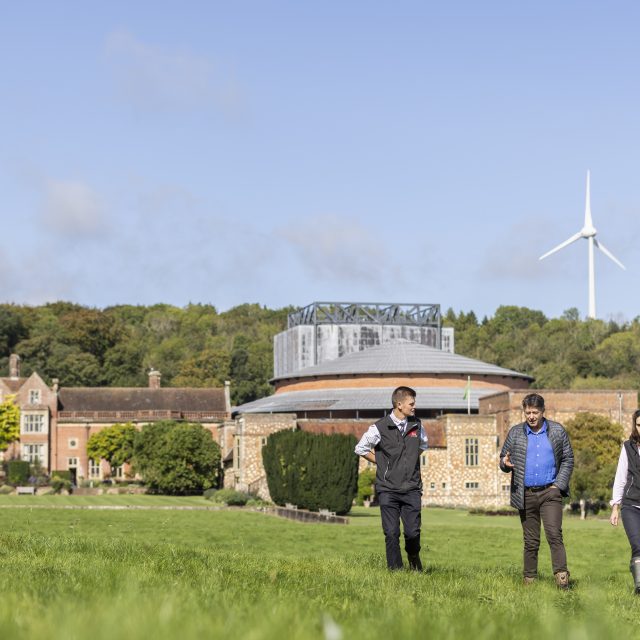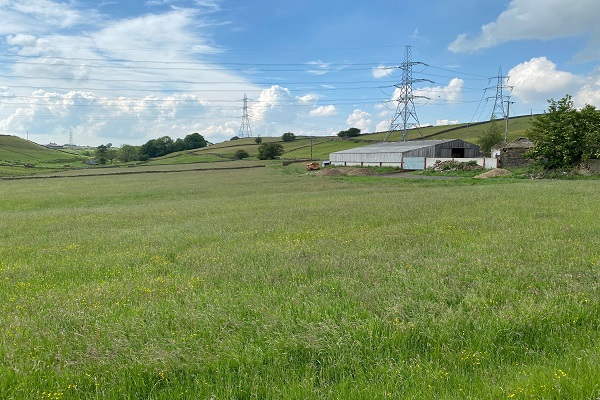Budget preview: Taxation of landed estates and farms
Rumours continue to swirl about whether there will be changes to the tax regime which could impact rural landowners in the Autumn Budget (30 October), although at the time of writing nothing is certain.
Rhodri Thomas, Head of Rural at Strutt & Parker, made a joint presentation with Philip Whitcomb, a partner at Clarke Willmott solicitors, at the recent Agriculture, Landed Estates & Farm Tax 2024 conference organised by Informa in London.
This is a complicated subject and can be quite theoretical so to make it more tangible the presentation was based on a hypothetical estate in southern England, which we call the Woodhare Estate, to show the scale of potential inheritance tax liabilities and how they might change in the Budget.
They spoke afterwards to share their key messages:
Without any professional advice on tax planning, what could the inheritance tax liability be for the hypothetical estate?
Rhodri – To set the scene, we assumed that the estate is around 3,500 acres, mostly let but with a large in-hand farm as well, 44 houses, 17 commercial properties, a large renewable solar and battery renewable energy scheme, and it also has a residential development site for 80 new houses. We estimate it is worth around £60m.
Philip – Without structuring the estate to utilise the tax reliefs that are available in the best way, Woodhare is facing a tax liability of just under £9 million. The majority of the liability comes from the houses and commercial property and few estates have the capital available for such a bill.
What are the main things that you would recommend and how do they change that liability?
Philip – A key action is to change the business structure of the estate so that at least 51% of the income and capital from it is from trading enterprises, so it satisfies the Balfour Tests. In this case, that income is from in-hand farming and woodland. Doing so would enable most of the houses to be moved into that structure. This, plus ensuring that the principal house receives tax relief on its agricultural value and that Agricultural Property Relief (APR) is maximised on the let agricultural land, could reduce the inheritance tax liability by around £6m to just over £2m.
Rhodri – Yes, those are the type of changes that we help clients with, working with their legal and accountancy advisers. And, once they have been made, to make sure that the correct management actions and records are taken.
Looking forward, what changes could be made in the Budget that would affect the tax liability of estates?
Philip – There have been no leaks from the Government on how inheritance tax might change but we can identify some areas which could.
One of the most significant is if the threshold for the Balfour Tests is increased from its current 51% level to closer to 80%, which was suggested in an Office of Tax Simplification report a few years ago.
Another would be restricting APR on land let on Farm Business Tenancies for less than eight years, which was a recommendation in the Rock Review. These would increase the estate’s tax liability to over £12m.
Rhodri – that would be a very significant change and make the estate reliant on generating a large amount of capital, probably from selling the residential development site or from selling off some other property.
What are the key takeaways for landowners and estates?
Rhodri – Although very important, I always try to avoid letting tax override other considerations, such as succession planning. It is also important to avoid tax planning causing family disputes, which can easily happen.
Philip – I agree that you should keep in mind the bigger picture. I would also say, based on 30 years of experience, that whatever you do, keep it flexible and adaptable. But before this Budget, if an estate was planning to restructure some of its assets, then it should do so before 30 October if possible.






